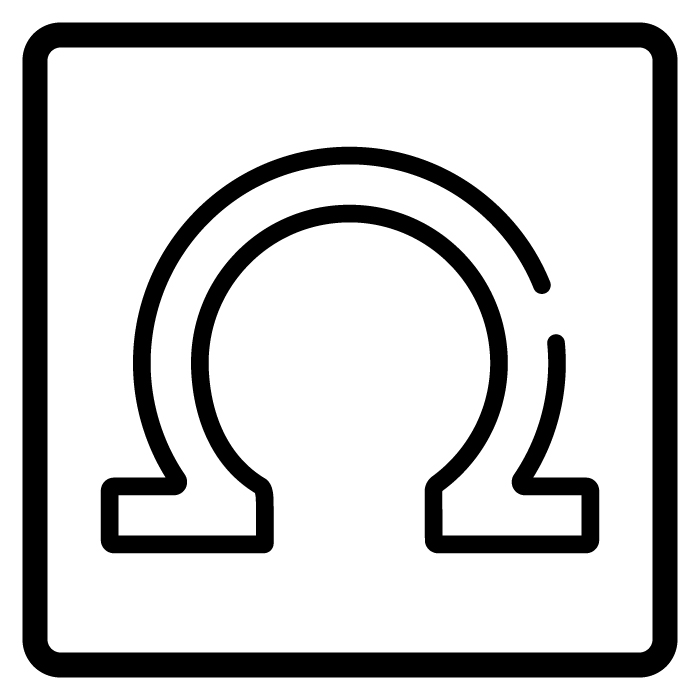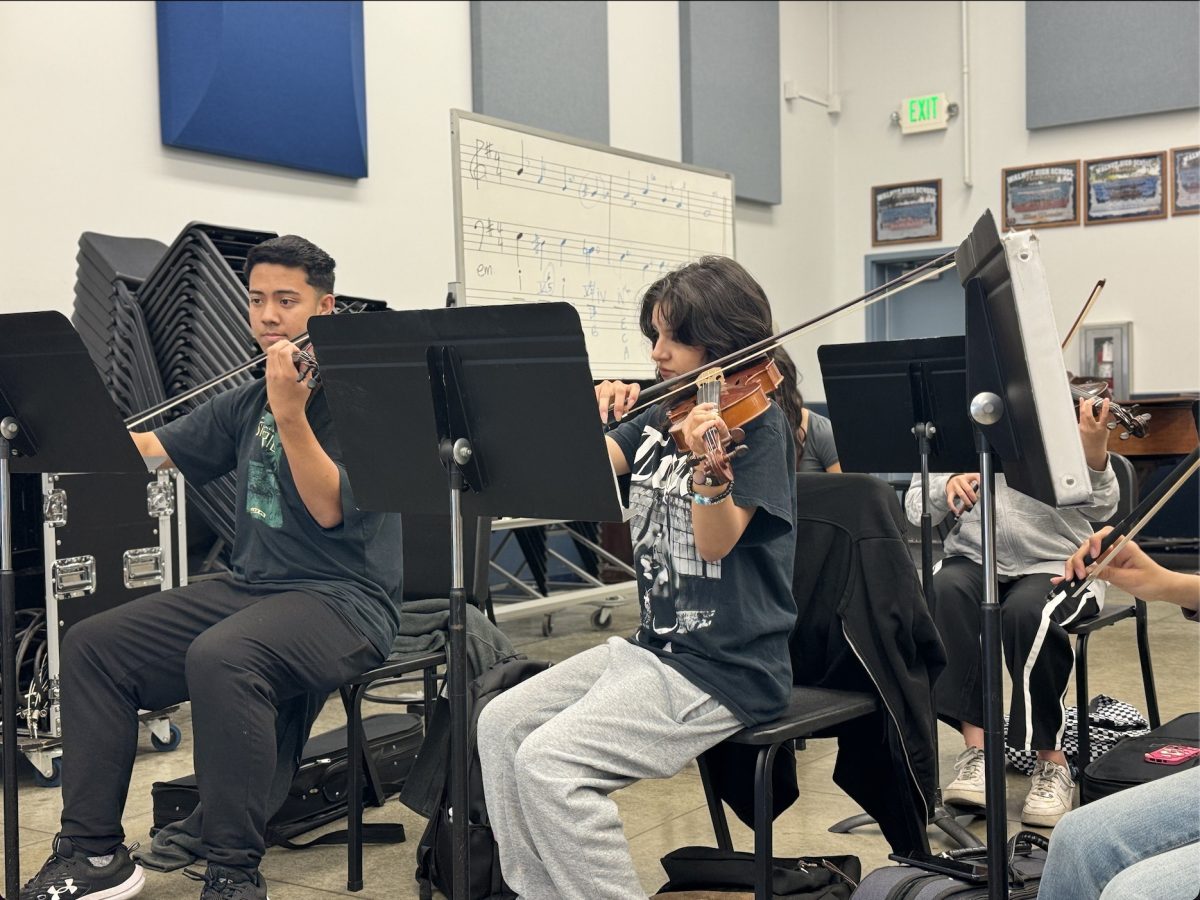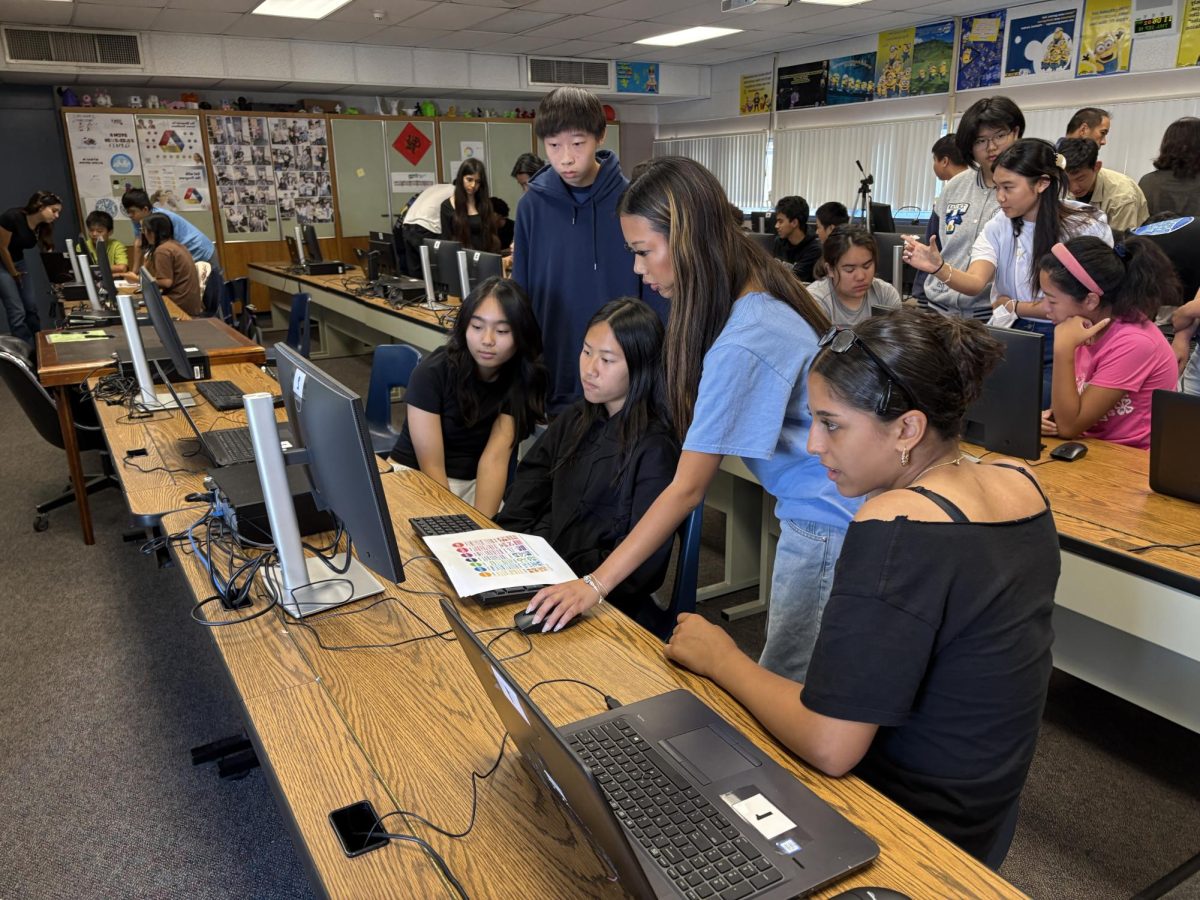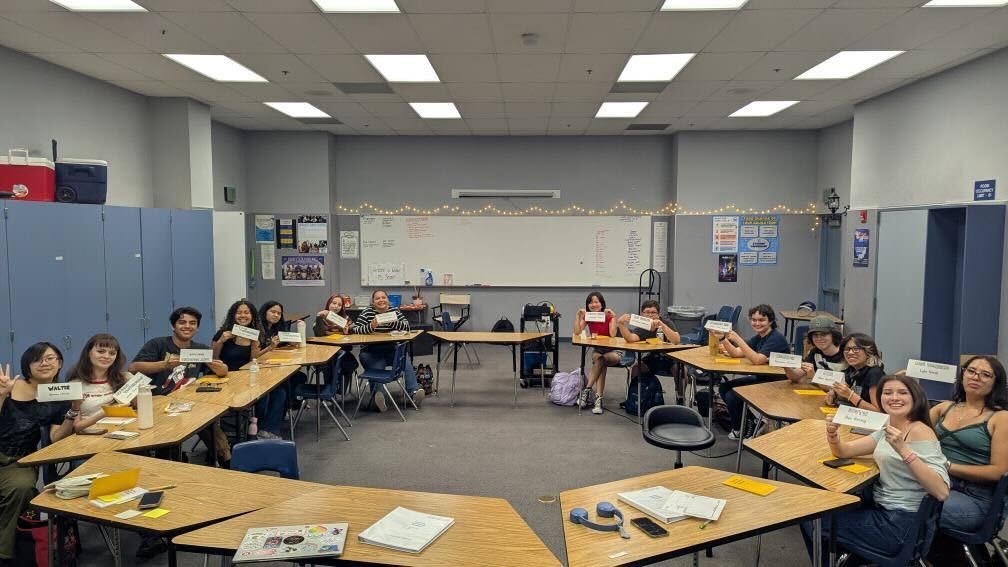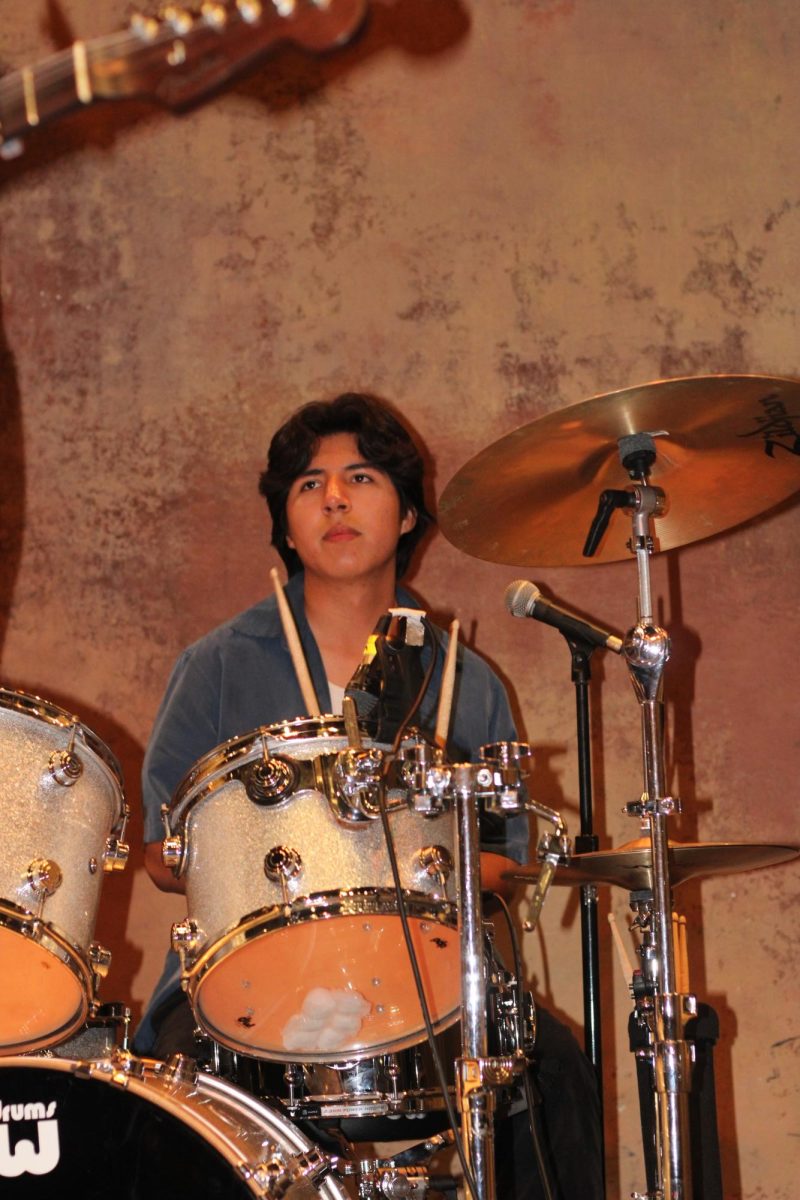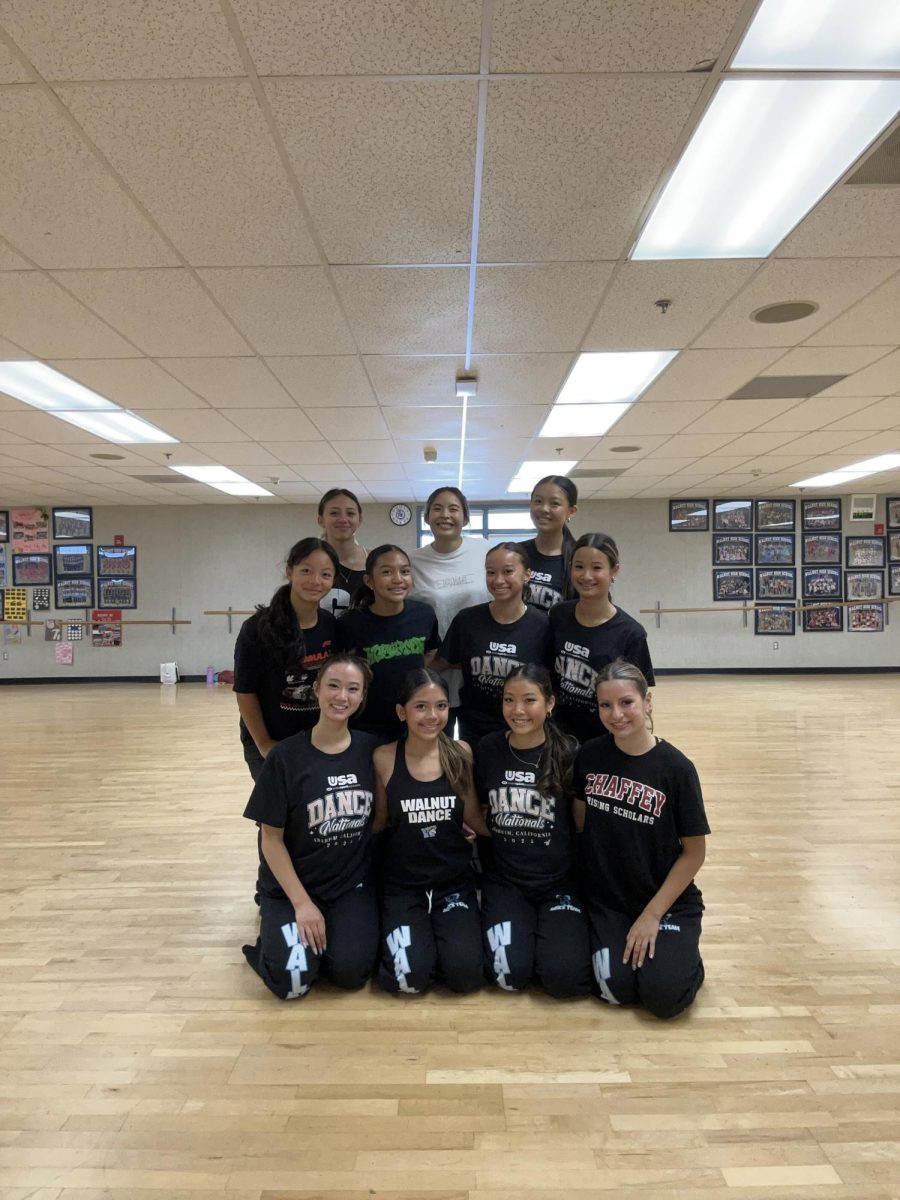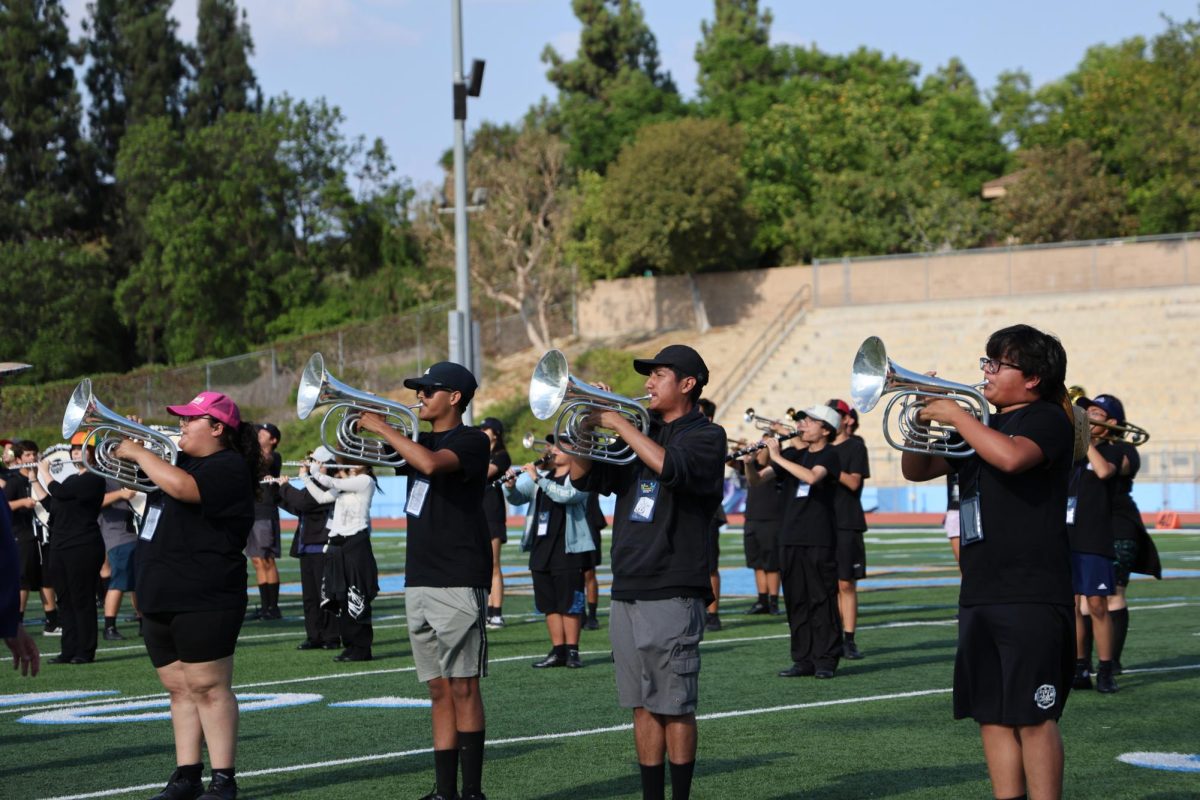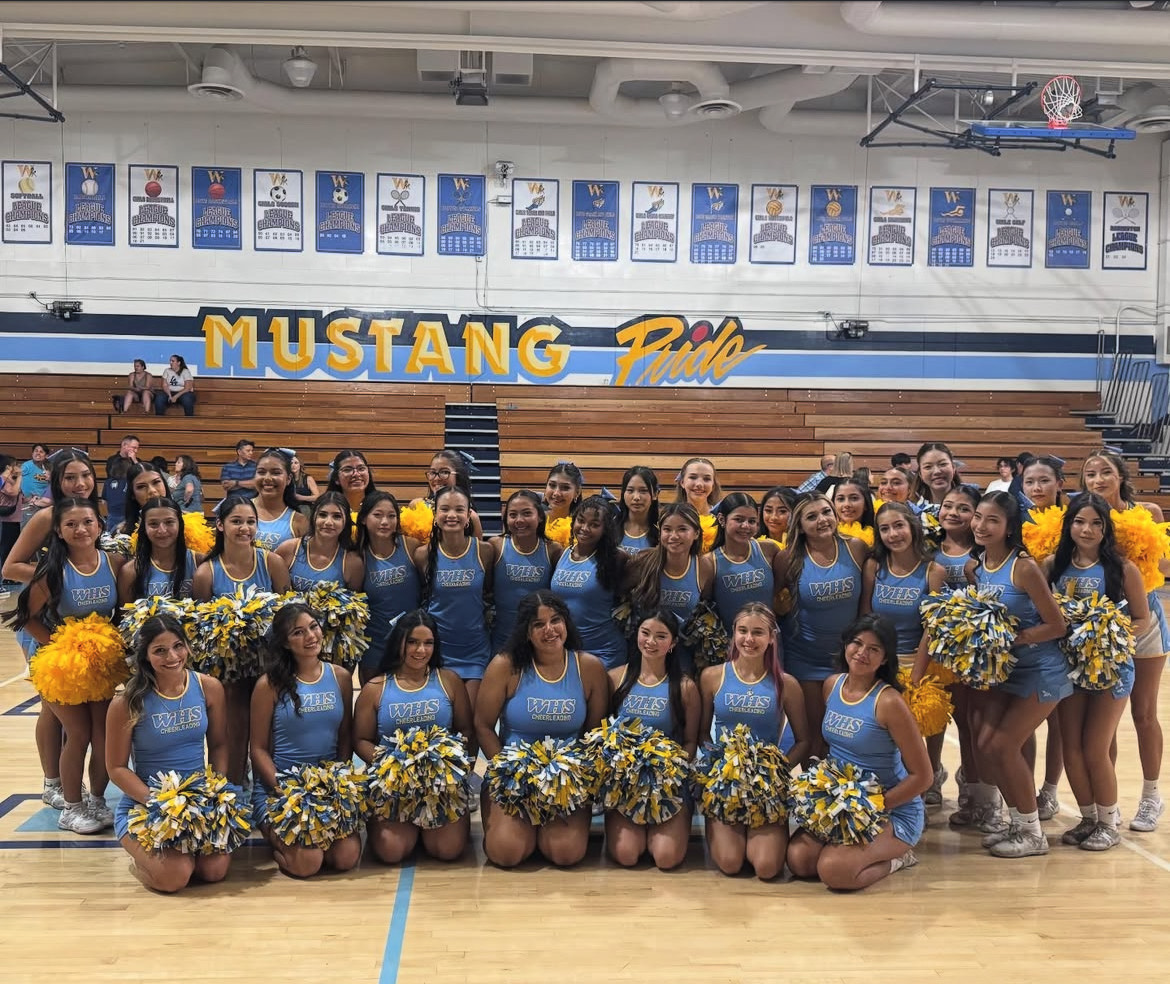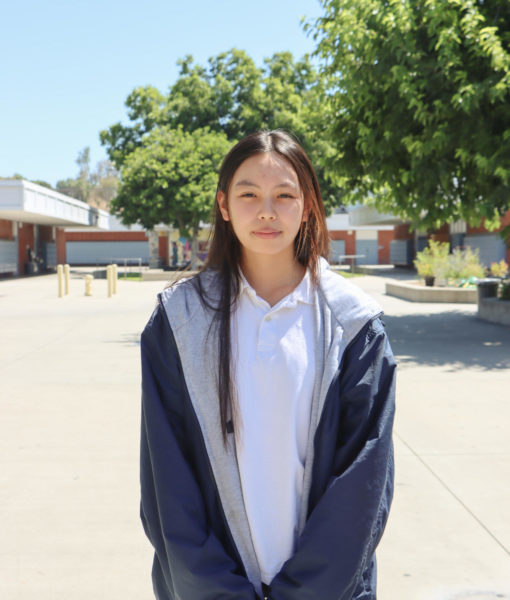Among the hustle and bustle of an average day, the flutter of pages is replaced by the click clack of keyboards. Interest and enrollment in the fine arts and humanities have been experiencing a decline since 2013 and seem to be on a continuous decline. However, I think that education should be regarded as a lifelong journey and aim not at solely securing employment and making a living, but also to foster happiness and fulfillment in a meaningful life.
According to statistics from the National Center for Education Statistics, bachelor’s degrees in fine arts and humanities have experienced a steep decline over the past decade. Data compiled by Gray DI, a company that offers a Program Evaluation System (PES) for higher education, reveals new enrollment in the master’s program for the arts is experiencing a 9% overall decrease. There is a decrease of 4% in the fine arts and art studies, 5% in music and performance, 5% in playwriting and scriptwriting and 6% in design and visual arts.
This decline observed in the fine arts and humanities does not necessarily reflect a disinterest in the arts themselves. Issues such as funding cuts to arts education programs, the perception of the arts as non-essential subjects and the prioritization of science tech engineering math (STEM) fields in educational and employment sectors are all factors behind this occurrence. It is a combination of the influence of our steadily advancing society and encouragement to pursue career paths with promising financial prospects such as medicine and law. In addition to the rise of opportunities with promises of high return on investments in the STEM field, students are often directed toward career paths such as computer science, or sciences such as biology and chemistry. While these fields offer valuable skill sets, they do not always satisfy one’s personal fulfillment. Ultimately, I think the solution lies in fostering a holistic approach to education that values both practical skills and artistic exploration.
The beauty of arts lies not only in its economic value but also the nurturing of our personal happiness through freedom of expression. Yet, societal pressures to secure a “prestigious” and profitable position often compel individuals to prioritize practical career paths over passions and hobbies.
Nowadays, many students are so focused on their academics that options in the arts field are being overlooked. This could also be attributed to the learning environment. According to createca.org, California state law requires all students to receive sequential, standards-based visual and performing arts education, but only 11% of schools are meeting that requirement.
Instead of completely deriving from the humanities and fine arts, we should try to find middle ground. In this ever changing society, there are various ways to combine traditional art with the rapidly advancing technology. For example, many artists are learning and utilizing digital tools to create digital art which has steadily become a common hobby and career. Music students are also finding ways to study music cohesively with music production. Students can also pursue a career that utilizes skills from both areas. For instance web design, which needs the right information technology (IT) skills along with the artistic ability to design and create visual effects.
By embracing the transformative power of the arts, we can cultivate a society that is not only economically prosperous but also intellectually vibrant, emotionally resilient and culturally enriched.
